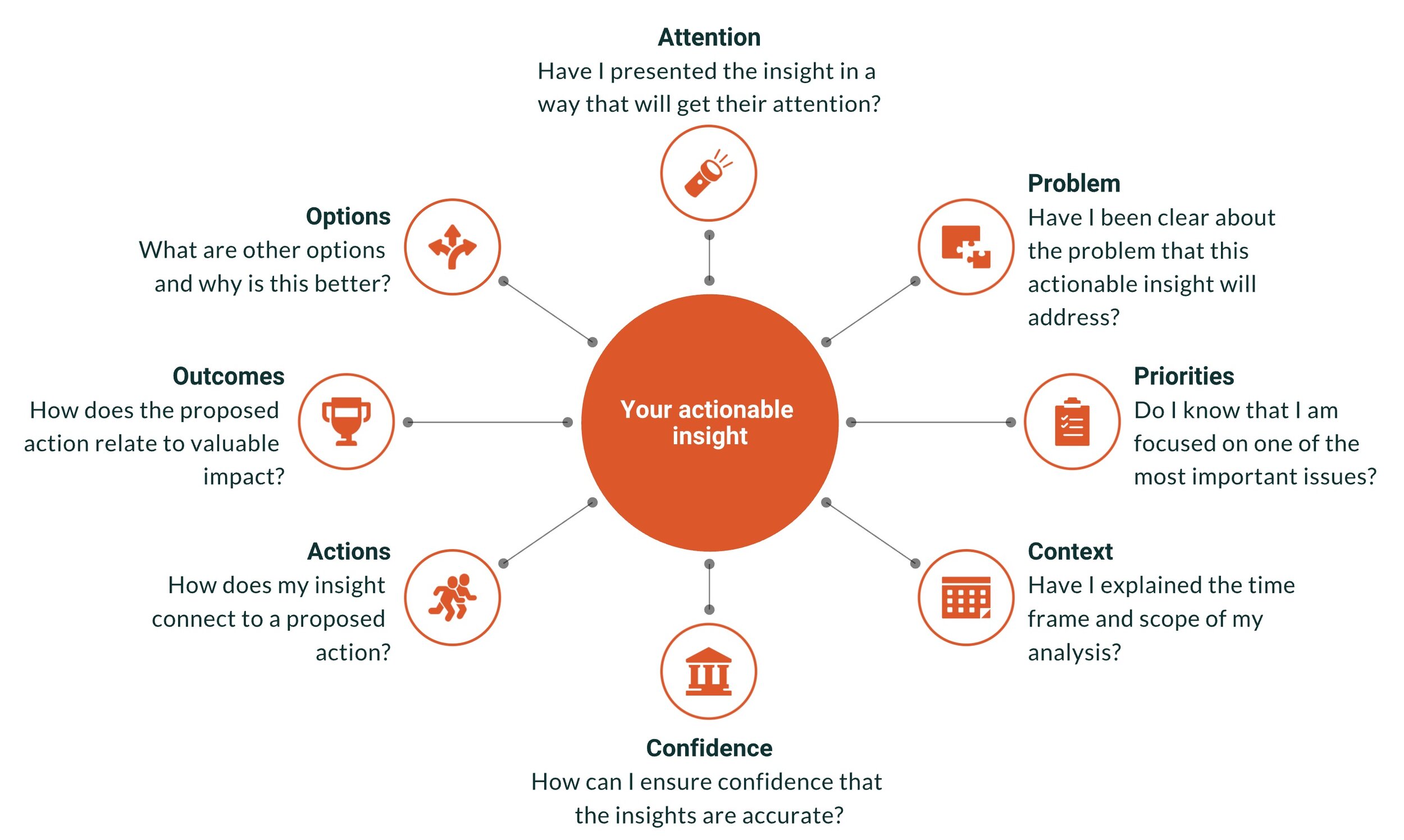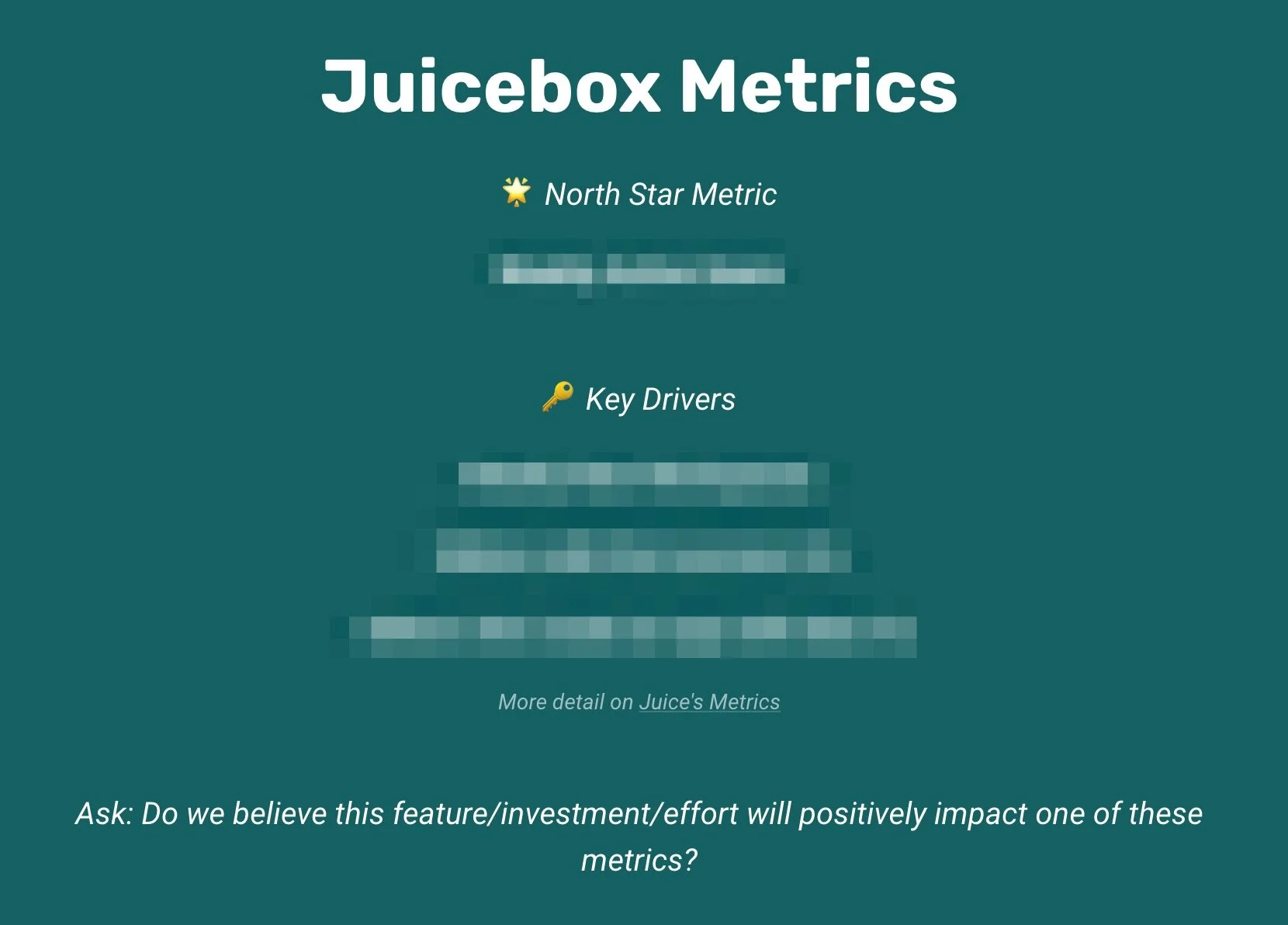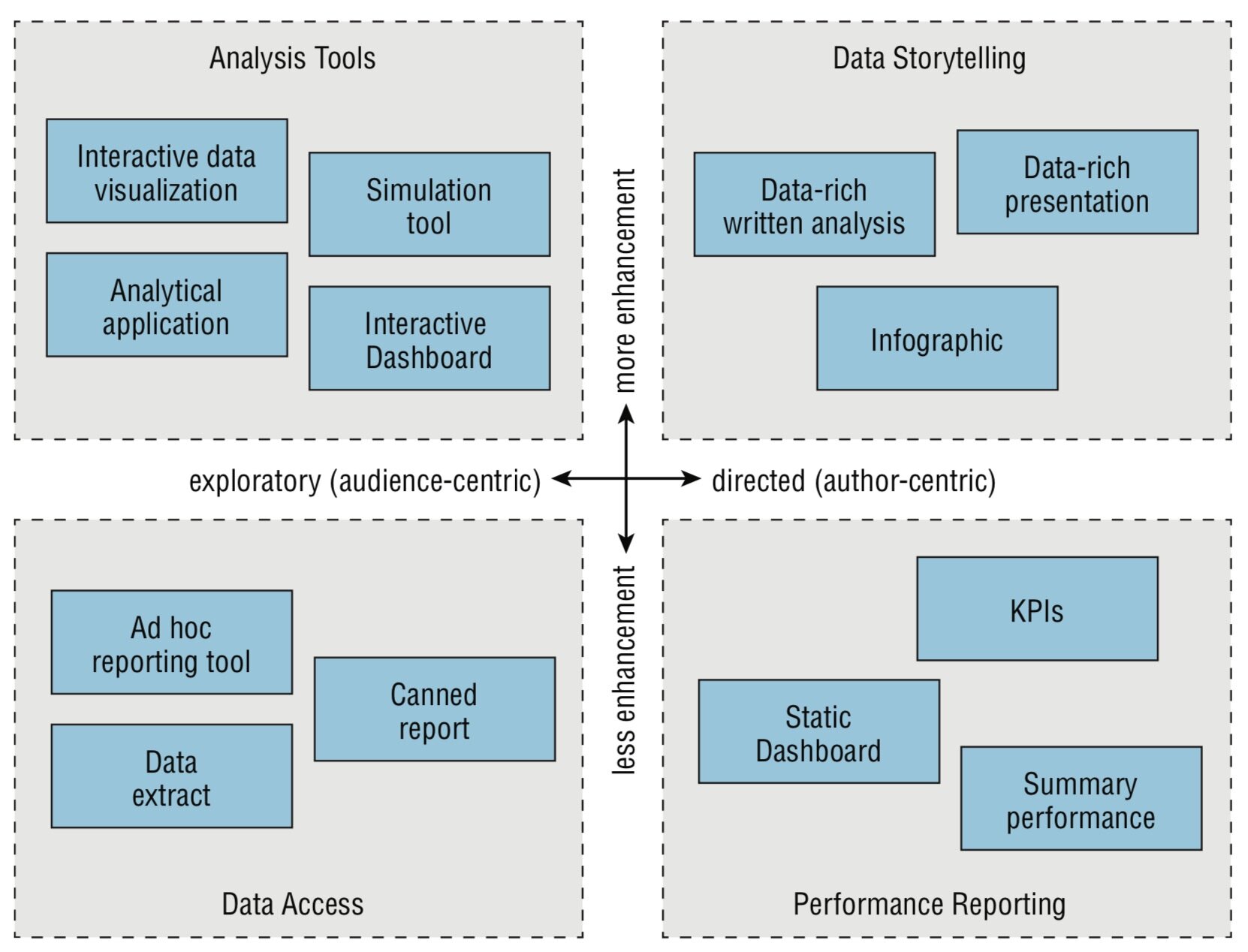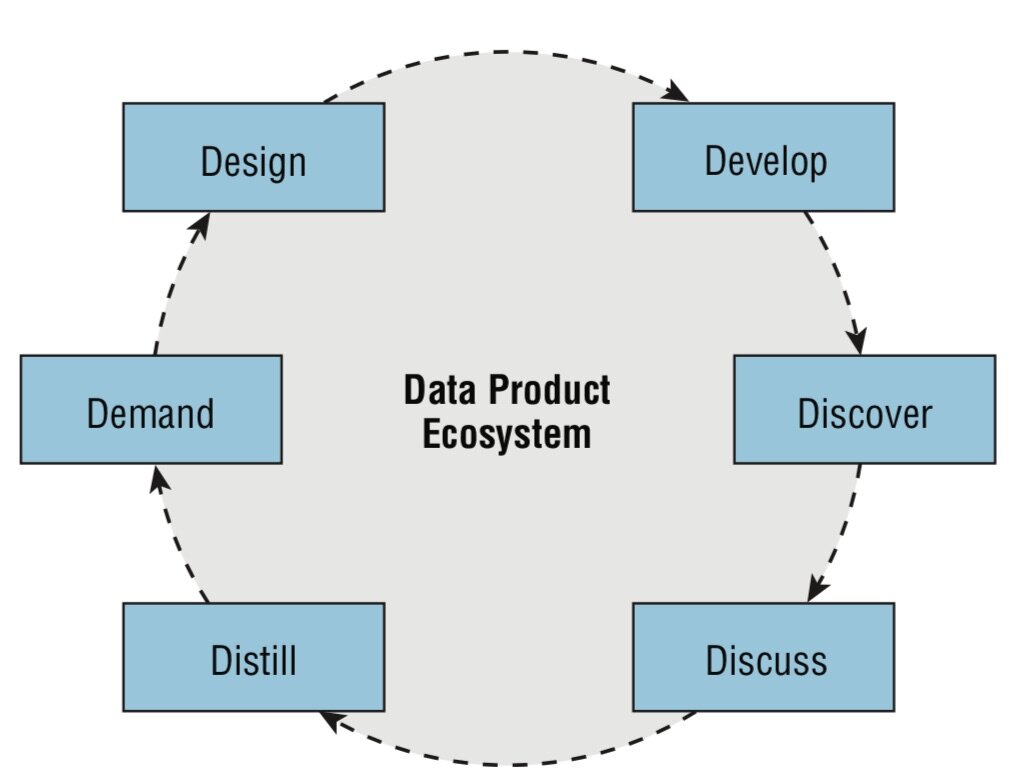The following is an excerpt from Chapter 1 of Data Fluency: Empowering Your Organization with Effective Data Communication. If you’d like to read the full chapter, download the PDF here.
Few people, and fewer organizations, consistently engage with the data and use it to guide their thinking. Our vision is for everyone, from front-line customer service agents to senior executives, to leverage the mountain of data at their disposal. Forget the complex Wall Street trading models or IBM’s Watson computer diagnosing disease—data in your organization can and should be used in simple, incremental ways to improve conversations, focus resources on priorities, and make small, everyday decisions with clarity.
Making use of data is a problem common to organizations large and small, public and private, and across market segments. According to a study conducted by the consulting firm Avanade, “more than 60 percent of respondents said their employees need to develop new skills to translate big data into insights and business value.”
With all the promise that data holds and the hope that data can help us make more informed decisions, the big question is: What is causing the gap between the vast opportunity of data and the reality of organizations struggling to act on this data? Here are a few theories:
Many people are data phobic and unwilling to engage with data to make decisions.
Technology and personnel limitations constrain organizations’ ability to work with their data sources.
Organizational constraints inhibit the effective use of data.
We believe that data-phobia, technology limitations, or organizational dysfunction are symptoms of something broader—not the root causes of the lack of payoff we are currently realizing from data. The root cause is something we call “the last mile” problem. Fundamentally, failing to use data isn’t a technological problem, but a social problem.
The last mile analogy comes from telecommunications were bridging the final few feet from the big pipes carrying gigabytes of Internet traffic throughout your city to each individual house is the most costly. With data, collecting and storing information is the easy part. The technologists have done their job. It is analytics, application, and adoption that pose the greatest challenge. Although data storage can be done en masse, the last mile is personal and often organization-specific. Revealing insights, influencing decisions, and taking action requires skill and motivation at a personal and organizational level. This is the missing link—the last mile—requiring individual and organizational data fluency.
This book is about how organizations can more effectively communicate with data—both internally and with external constituents. It is about people and the specific skills needed to be capable consumers and effective producers of data-based reports and presentations.
Data Fluency: Unlock the Potential Energy of Data In Your Organization
In many ways, data is like oil—and it is certainly so in the economic engine of your organization. Just like you can’t pull crude oil from the ground and pump it directly into your gas tank, or mold it into a plastic LEGO® brick, you can’t dump data into an organization and expect it to be useful. Creating value from data is a complex puzzle; one that few organizations have solved. Although there isn’t a simple answer (and thus why so many organizations struggle), the good news is that understanding the nature of the problem offers a starting point for our path forward. Data fluency is the path—the ability to use the language of data to fluidly exchange and explore ideas that are important to your organization.
In this book, the goal is to help you unlock the potential of data in your organization. Your data challenges have less to do with technologies and organizational constraints, and more to do with developing the capacity of data consumption and production within individuals and organizational teams.
Data fluency applies to individuals (everyone needs the skills to “read and write” and “listen and speak” using data) and also to organizations that must create an environment that rewards productive data conversations. There are many practical resources and books that address individual data skills. However, there are fewer resources for helping transform an organization to achieve data fluency. This book draws on foundational organizational development literature as well as best practices from current industry leaders.
The goal is to offer a framework that can help you understand the pieces required to construct a data fluent organization. At the same time, it provides practical guidance that you can act on. You don’t live in the theoretical, so the insights in this book won’t stop there, but instead are rooted in real-life examples intended to provide actionable guidance.
Our Data Fluency Framework
With the goal of helping you unlock the potential of data for individual work, for collaborative working teams, and entire organizations, we have developed a framework for data fluency. The framework, as shown below, portrays the skill sets and competencies that you can develop.
The framework specifies two primary categories of skills required to develop data fluency, namely those required to be an expert consumer of data presentations as well as the expertise required to be a skilled producer of data presentations. The development and application of these skills occur at two levels: the individual and the organization.
Want to learn more about Data Fluency? Download the first chapter.
We’ve also built a solution that makes it possible for anyone in your organization to create and share interactive data stories. It is called Juicebox.












